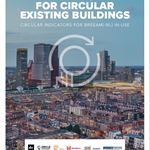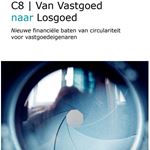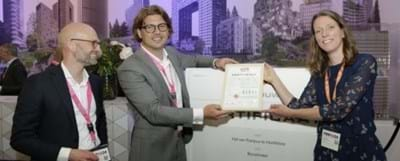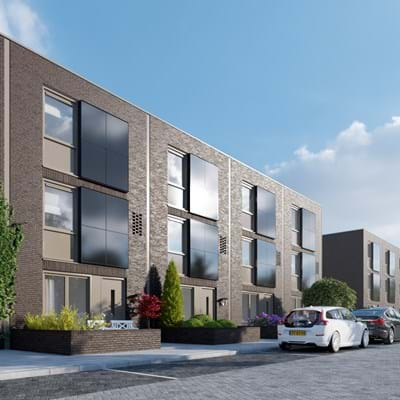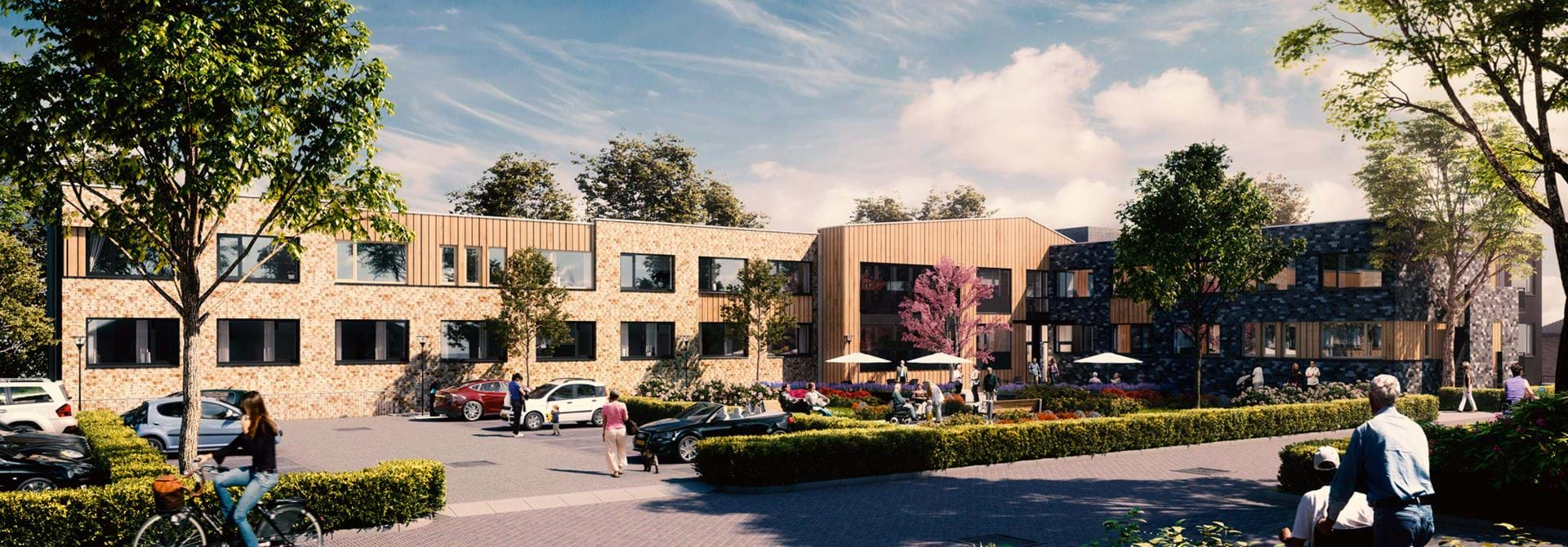
- Home EN
- Real Value for Life
- Circularity
Circularity
The earth’s supply of raw materials is limited and, in some cases, is already running out. Clever recycling in the construction sector reduces the use of building materials, cuts the production of waste and boosts the sustainability of the real estate sector. By investing in circularity, we are creating real value for life.
Circularity has a positive impact on the environment and on health
The built environment, including the real estate sector, is a major user of raw materials and the shift to a circular economy is one of the most important transitions facing the industry today. To reduce the environmental impact we will have to be more agile in the way we use increasingly scarce raw materials. A circular approach to developing, building and property management is crucial to ensure
the construction sector and real estate as a whole become more durable. Circular buildings have a low impact on the environment because raw materials are used sparingly and are recycled where possible, and they produce less waste. In addition, circular real estate has wider social, economic, ecological and health advantages. We expect the worldwide demand for sustainable and circular buildings will increase because they keep their value better in the long term, and this, in turn, is good business.
Circularity demands a different vision and way of thinking
We will have to change the way we think about transformation, renovation and recycling, and this will involve everyone in the industry. We will need companies to harvest used building materials and feed them back into the supply chain, rather than demolition firms. Designers will have to learn to re-use existing building materials and produce buildings which can be taken apart. Governments will also have to play their part through spatial planning and land allocation. And investors, like us, will contribute in two ways. We can encourage the shift by using our institutional assets to drive demand for circular development. And secondly we can realise circular projects as a partner. That, for example, involves taking part in pilot projects. Think, for example, about developing business cases in which the reuse of construction materials is given more financial value.
What do we see in practice?
Circular construction is still in the early stages, but there are already some examples, such as the Villa Verde circular healthcare property in the Bouwinvest Healthcare Fund. Bouwinvest is also working on projects to transform existing buildings, such as the Shell offices in The Hague and Utrecht’s former city council offices.
